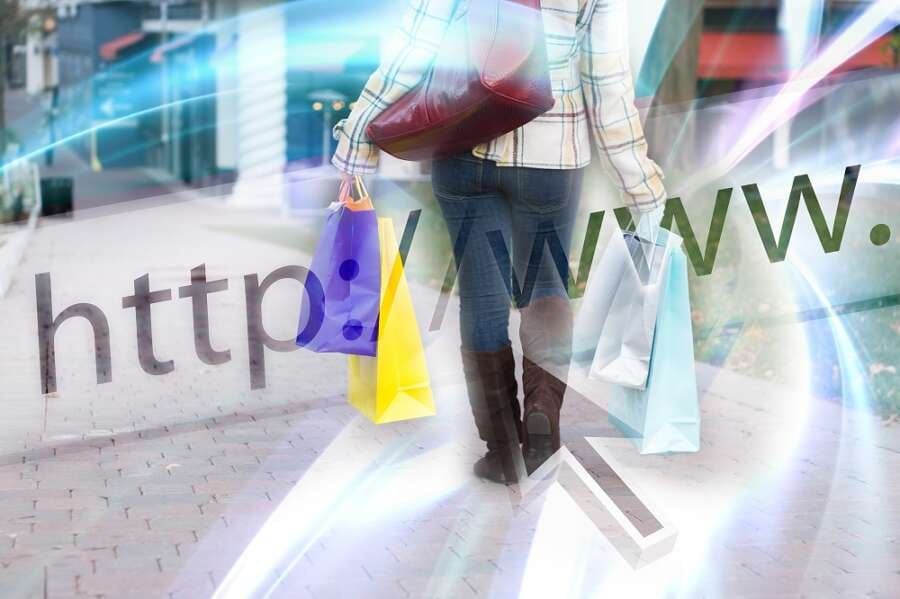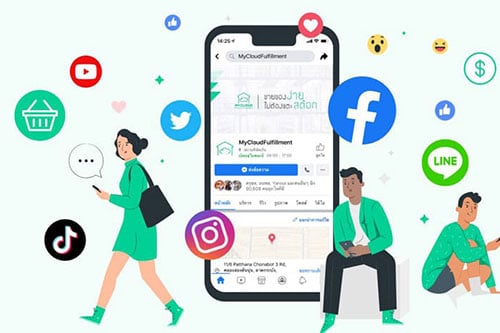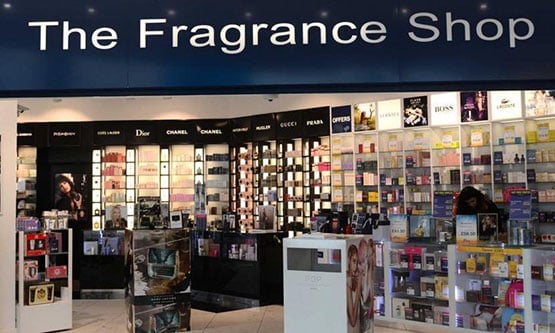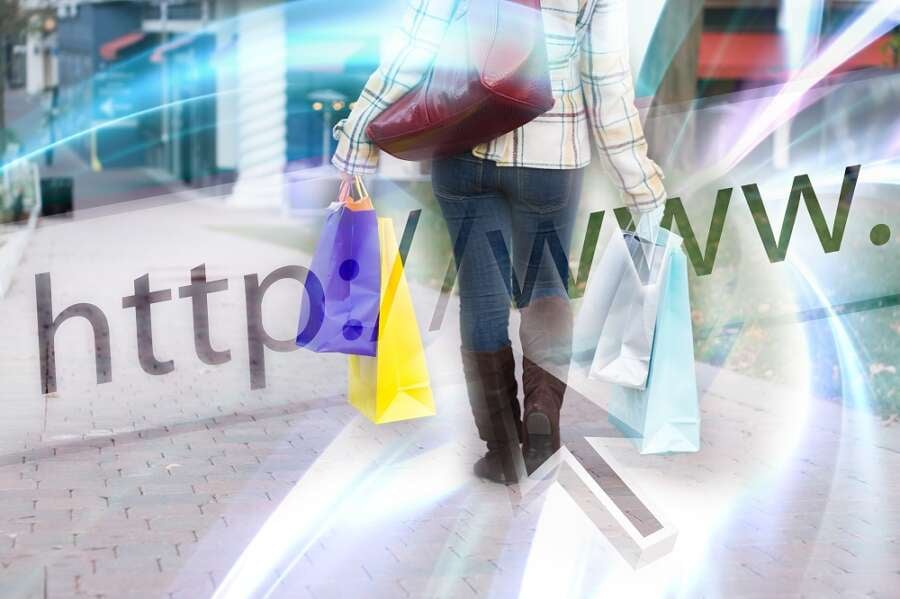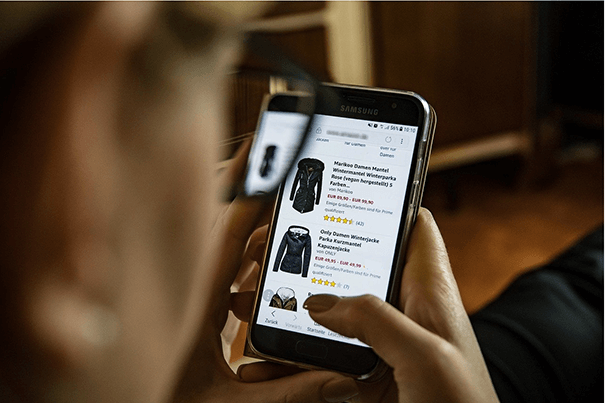Share this on
By Vipul Aggarwal, Chief Revenue Officer, BetterCommerce
COVID-19 was an accelerator of ecommerce trends that we were already seeing in the past, and we saw a decade of ecommerce growth happen in just a year. We saw consumers dramatically change their shopping behaviour, and businesses being forced to invest more heavily in their existing ecommerce channels or set up ecommerce operations from scratch.
Ecommerce sales growth is showing no signs of slowing down, with retailers and brands looking to further optimise their ecommerce operations to drive business growth. So, what are the key trends that will enable them to thrive in 2022?
- Omnichannel commerce
Many retailers rely on platforms such as Facebook and Google for promotions, merchandising and sales, but these channels are insufficient if they are to meet their customers where they are. If they can enable a smooth and dynamic customer experience across all relevant channels, they are in a strong position to maximise growth and profitability.
A strong channel strategy enables retailers to prioritise the channels that have the greatest impact on their customer experiences. It allows them to maximise ROI while reducing the risk of being everything to all people and spreading themselves too thin. Ultimately, such a strategy results in an effective omnichannel approach that drives customer loyalty and strengthens your business’ resilience to withstand any future slowdown.
In order to do this, retailers and brands need to ensure seamless sharing of information across those platforms, including product information, prices, discounts, and stock.
This is often a challenge ecommerce companies face as they attempt to reach the next step of their roadmap. Typically, they will start with their own ecommerce website and then add solutions to their technology stack to facilitate growth.
However, without the right technology stack or a central repository to manage all stock, they may fail to capitalise on opportunities such as Black Friday and Cyber Monday. They need a platform that allows them to bring a product to market quickly, and across multiple channels.
- Artificial Intelligence and Machine Learning
Artificial Intelligence (AI) and Machine Learning (ML) allow the creation of automated, personalised shopping experiences at scale. By continuously collecting data on shoppers’ behaviour, including time of purchase and customer preferences, they enable retailers to personalise their platform’s serviceability according to demographic, gender, age, interests, and shopping habits to enhance customer experience.
Personalisation is vital to forging brand loyalty, maintaining your storefront’s foot traffic, and converting browsing into buying. Personalised experiences have a strong effect on revenue by making sure customers get a tailored experience based on what is relevant to them, which increases the chance of conversion.
With 60-70% of traffic from first-time customers, it’s important to catch their attention and hold that attention as they pass through the sales funnel. For repeat customers that have been on your site already, it’s essential to tailor the experience based on the data collected during their past visits.
AI and ML can also support a host of functionalities like scheduling emails via CRM or helping recruit new staff members.
- Composable and headless ecommerce
Instead of trying to implement standard out-of-the-box ecommerce functionality to match business needs, composable commerce leverages modern technologies and approaches like APIs, cloud and headless. Composable commerce allows the creation of an ecommerce stack from interchangeable building blocks, taking a modular approach that best fits specific business needs.
In short, the composable trend, including headless, offers more opportunities for customisation.
Headless describes the segregation of the presentation layer (front end) and creation layer (back end) of the platform’s system. The front end’s functionality no longer must wait for the back end to implement systemic changes because the two ends work simultaneously but separately from each other. Updates and optimisations can be seen in real-time so it’s much more dynamic than standard functionality.
Headless is structurally different to the full stack’s all-in-one-platform solution, because you have the freedom to choose which CMS (content management system) you want to integrate with, or your preferred shopping cart tool, for instance, building your technology suite in a flexible manner.
Composable and headless are the key ecommerce trends for 2022 because of the ease and speed of deployment, and simple integration with any internal system that might already be in place — software for Enterprise Resource Planning (ERP) or an Order Management System (OMS) for instance. Composable and headless are driving the delivery of personalised customer experiences at scale, across every channel, allowing you to meet consumer demands that continue to evolve.
